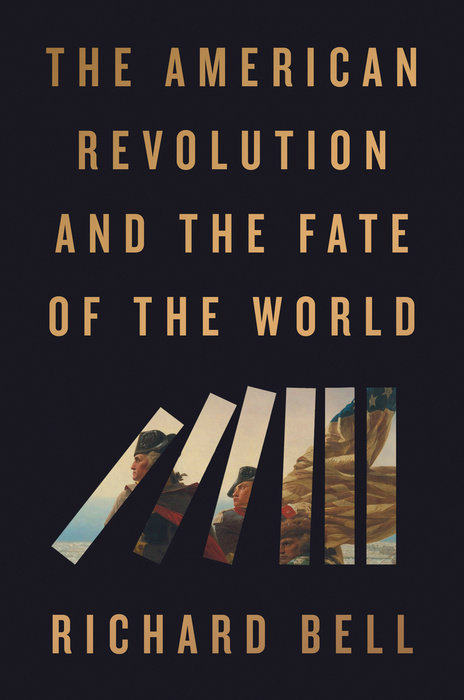Washington’s wartime correspondence makes clear that he understood that the patriots’ most pressing priority was to divert British soldiers and sailors away from the American battlefront and tangle them up in costly, distracting operations elsewhere. Leaders in Congress agreed and sent out armadas of patriot privateers to do just that, plundering British shipping around the Atlantic rim and forcing Royal Navy warships to redeploy to convoy duty. But the patriots’ real breakthrough came in 1778 and 1779, when the fleets of France and Spain finally joined this contest. They set about turning all of the world’s oceans into battlefields. Spain pushed the conflict into the Gulf of Mexico, the Mediterranean Sea, and the English Channel, while France went on the offensive almost everywhere else.
In the Caribbean, French admirals set their sights on the conquest of sugar islands like Jamaica—the diamonds in King George’s glittering imperial crown. To garrison those vulnerable treasure houses, Britain had to reassign regiments from tours of duty in North America and abandon Philadelphia, the biggest prize the redcoats had taken so far. Over in India, French strategists succeeded in forging a pivotal new anti-British alliance with Haidar Ali, the Muslim ruler of the Kingdom of Mysore. In 1780, he dispatched no less than eighty thousand troops to try to seize a British stronghold in Madras. That Mysorean invasion force contained nearly ten times the number of soldiers General Washington would have at his command as he led the Continental Army into battle the following year against Lord Cornwallis at Yorktown.
As this brief survey suggests, the patriots’ success in drawing foreign partners into the war was essential to achieving American independence. Britain ultimately lost not only because of Washington’s extraordinary tenacity in the war’s several mainland theaters, but also because the king’s men had to stage long sieges, wage desperate naval battles, and take mounting casualties on too many other fronts spread too far apart. Ministers in London directed the fortunes of one hundred thousand troops during the conflict’s climactic final stages. Yet those soldiers and sailors had to stretch across a vast global canvas, leaving fewer than three in ten of them to try to rout the insurgents in North America.
